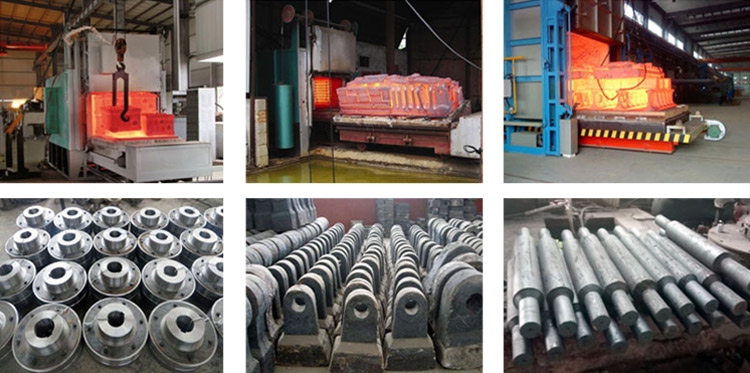Tempering heat treatment of steel
Aug. 18, 2023
Tempering heat treatment of hardened steel
1. Tempering
It is a final heat treatment process immediately after quenching.
Why temper hardened steel?
lWhat is the microstructure of steel after quenching?
Martensite + residual austenite are metastable structures that need to be transformed under certain conditions.
lWhat are the properties of martensite?
High hardness and brittleness of martensite (especially high-carbon acicular martensite), the performance can not meet the requirements of the workpiece.
lWhat are the characteristics of martensitic transformation?
The martensitic transformation speed is very fast, and there is residual internal stress in the workpiece after quenching, which will lead to the deformation or cracking of the workpiece.
Conclusion: The workpiece after quenching can not be used directly!
2. Purpose of tempering
① Reduce or eliminate residual internal stress to prevent workpiece deformation or cracking.
② Reduce or eliminate the residual austenite stable structure to stabilize the size of the workpiece.
③ Eliminate the brittleness of hardened steel to adjust the structure and performance of the workpiece to meet the requirements of the use of the workpiece.
Special note: the steel should be tempered in time after quenching.
3.Tempering process
lLow temperature tempering
Objective: To reduce quenching stress, improve workpiece toughness and obtain high hardness and wear resistance.
Temperature: 150℃~250 ℃
Performance: Hardness: HRC58~64. High hardness and high wear resistance.
Applications: tools, molds, bearings, carburized workpieces, surface hardening workpieces, etc.
lMedium temperature tempering
Objective: To improve the toughness of workpiece and obtain high elastic limit and yield strength.
Temperature: 350℃ ~500℃
Performance: Hardness: HRC35~45. High elasticity, high yield strength and yield ratio, adequate toughness.
Application: Various springs.
lHigh temperature Tempering
Objective: To obtain high toughness, sufficient strength and hardness.
Temperature :500℃ ~600℃
Performance: Hardness: HRC25~35. Good comprehensive mechanical properties.
Applications: shafts, gears, connecting rods, etc.
Tempering treatment (Thermal Refining) : quenching and high temperature tempering is called tempering treatment, referred to as tempering.
After the tempering treatment, the steel has good comprehensive properties and is widely used.










